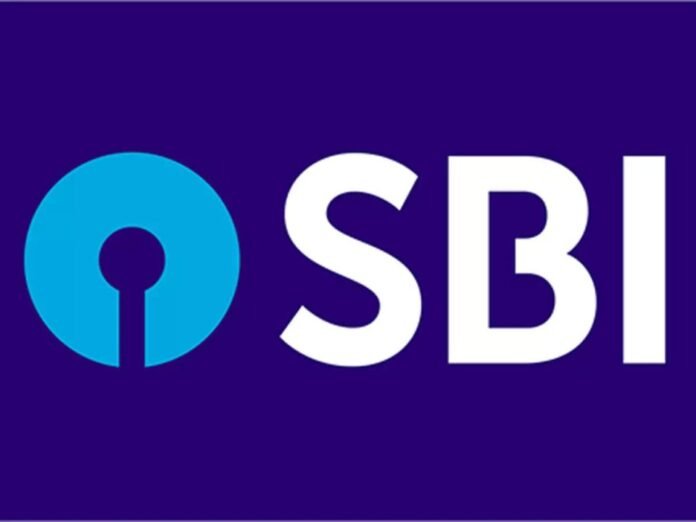[ad_1]
FROM MESSENGER TO MIDDLEMAN: THE SUPREME COURT’S REAFFIRMATION OF JUDICIAL LIMITS IN DEPARTMENTAL INQUIRIES

FROM MESSENGER TO MIDDLEMAN: THE SUPREME COURT’S REAFFIRMATION OF JUDICIAL LIMITS IN DEPARTMENTAL INQUIRIES
INTRODUCTION
The Hon’ble Supreme Court of India in the case of State Bank of India & Ors. v. Ramadhar Sao (Civil Appeal No. 10680 of 2025, decided on 20.08.2025) (Justice Rajesh Bindal and Justice Manmohan) revisited the outlines of judicial review in disciplinary proceedings. The case highlighted the delicate balance between compassion for a low-ranking employee and the institutional necessity of upholding integrity within banking services. The Judgment reinforces the principle that courts are not appellate bodies over departmental findings and must confine themselves to procedural legality and fairness.
BRIEF FACTS
Ramadhar Sao entered the service of the State Bank of India (SBI) in 1997, holding the position of messenger. In 2008, allegations arose that he acted as a channel for sanctioning agricultural loans, collecting illegal gratification from borrowers, and even executing loan documents at his residence. An inquiry confirmed the charges and the Disciplinary Authority dismissed him from service in 2011.
On Appeal, the Appellate Authority reduced the punishment to “removal from service with superannuation benefits.” Dissatisfied, the Respondent challenged the Order before the Patna High Court. The Single Judge ordered his reinstatement with back wages, a decision subsequently affirmed by the Division Bench. SBI then appealed to the Supreme Court.
ISSUES
- Whether the High Court acted within its jurisdiction in interfering with the conclusions reached by the Disciplinary and Appellate Authorities.
- Whether the punishment imposed—removal from service with superannuation benefits—was disproportionate given the Respondent’s role as a Class IV employee.
- To what extent judicial review can re-evaluate evidence and findings of departmental inquiries.
ANALYSIS
The Supreme Court emphasized settled principles: judicial review in disciplinary cases is limited to examining procedural fairness, compliance with natural justice, and avoidance of perversity. The Court cannot act as an appellate forum to reassess factual findings.
Key observations included:
Due Process: The Respondent had been given ample opportunity to defend himself, cross-examine witnesses, and present a reply.
Evidence: Multiple borrowers testified that they paid money to the Respondent for loan approvals. The findings of the Inquiry Officer were based on preponderance of probabilities, sufficient in departmental proceedings.
Admission: In his plea for leniency, the Respondent indirectly admitted misconduct, seeking forgiveness due to personal hardships.
Erroneous High Court Approach: The High Court wrongly substituted its opinion for that of the Disciplinary Authority, overlooking that other officers involved had also been punished.
Proportionality: The Appellate Authority had already shown leniency by converting dismissal into removal with benefits. The Supreme Court considered this an adequate balance between compassion and discipline.
By restoring the Appellate Authority’s Order, the Court reiterated that corruption in financial institutions cannot be condoned, irrespective of the employee’s rank.
CONCLUSION
This Judgment is a reminder of the limited scope of judicial interference in departmental proceedings. While equity and compassion may inform appellate discretion within the service framework, courts must refrain from intruding into factual adjudications unless clear illegality is shown. By upholding the punishment of removal from service with benefits, the Supreme Court sent a clear signal: even junior employees must adhere to integrity, and disciplinary authorities’ reasoned findings cannot be lightly disturbed.
SARTHAK KALRA
Senior Legal Associate
The Indian Lawyer & Allied Services
Please log onto our YouTube channel, The Indian Lawyer Legal Tips, to learn about various aspects of the law. Our latest Video, titled “Air India Plane Crash in Ahmedabad: What Happened? | Legal Analysis | Advocate Sushila Ram Varma” can be viewed at the link below:
[ad_2]
Source link

